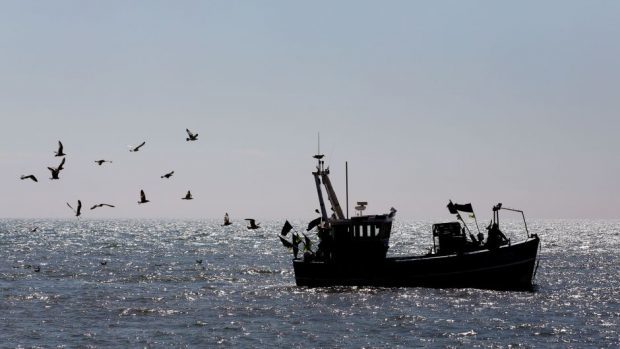Scotland’s fishing fleet will be freed of the shackles of days-at-sea limits in the North Sea under plans making their way through the EU policy-making process.
It is a radical departure from the fishing rules after years of sacrifice by an industry which has had to endure savage cuts, both in catch limits and the time during which boats are allowed to go to sea.
The historic change to the cod recovery plan has already been agreed by MEPs and the European Commission, although EU fishing ministers will have the final say at a meeting later this year.
Expectations are high that days-at-sea restrictions – a key aspect of the controversial Common Fisheries Policy (CFP) – will be ditched from the start of next year.
The necessity for change has been prompted by an EU-wide ban on fish discards, the wasteful practice of throwing unwanted catch back in the sea.
Already effective for some white-fish species, including haddock, the ban is due to be extended to cod from January 2017.
Rural economy cabinet secretary Fergus Ewing, who is just a few months into his role as Scotland’s fishing minister, said the move to end days-at-sea controls for North Sea white-fish and prawn boats was a major step forward in tackling the CFP’s perceived failings.
He added: “The Scottish Government has been pushing for changes to this restrictive plan for a long time.
“I am delighted this discredited piece of legislation that restricted the fleet has been sensibly amended.”
While there was “still a process to go” for it to become binding, Mr Ewing said the agreement should greatly benefit the industry.
It is also expected to lead to a repeal of the cod quota-setting mechanism, which limits any changes to the annual catch allowances to 20%.
Last December, EU ministers approved a 15% increase in the catch for 2016 in line with scientific advice.
Getting rid of both the days-at-sea rules and 20% limit for quota changes is expected to make it easier for fishers to comply with the discard ban.
Scottish White Fish Producers’ Association chief executive Mike Park said: “It is a welcome and necessary move which SWFPA has lobbied hard for.
“The cod recovery plan has had many impacts, none of them related to the rebuilding of cod stocks. It was national measures, such as closed areas to protect spawning females, introduced by our members and others that made the real difference.”
Scottish Fishermen’s Federation chief executive Bertie Armstrong said: “The cod plan is an example of a well-meaning CFP regulation which experience quickly demonstrated to be wholly inappropriate.”
How many days can boats go to sea?
The number of days boats are allowed to go to sea each year is dictated by effort control measures introduced at regular intervals under the EU’s Common Fisheries Policy (CFP).
For years, “fishing effort” has been highly regulated to protect threatened stocks.
A sharp slump in cod stocks which were heavily fished in the 1980s and 1990s led to the introduction of a recovery plan to save the species, involving savage annual curbs to days-at-sea and catch allowances.
A large chunk of Scotland’s fleet was decommissioned under schemes which paid trawlermen for scrapping their boats.
Rolling annual cuts left some skippers with the equivalent of just two days a week at sea, much of which was spent travelling to and from their fishing grounds.
Scottish fishermen have on a number of occasions also faced the Doomsday scenario of a total ban on catching cod, which would have made mixed white fish operations impossible.
But North Sea cod has bounced back, thanks to a concerted conservation effort by the fleet.
According to scientists working for the International Council for the Exploration of the Sea, the total stock in 2015 weighed in at 149,000tonnes – up from just 44,000 tonnes in 2006.
